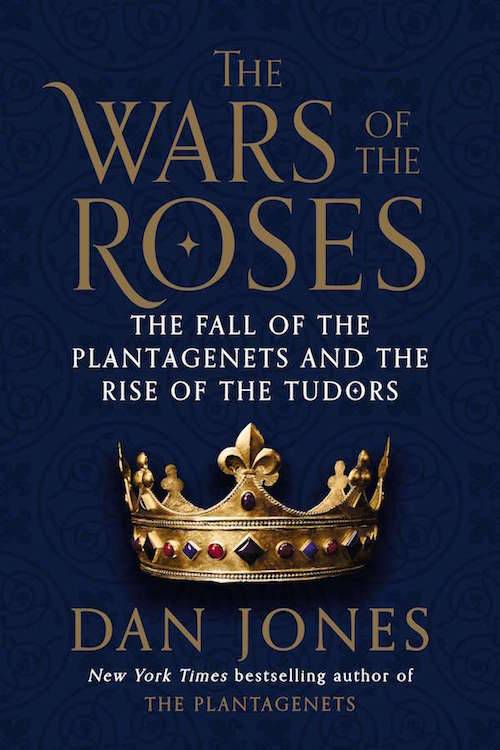

The second goal is to delve deeper into the creation of games-within-a-game, by game developers, utilizing historians’ knowledge and video game design.

The inclusion of such mini-games poses the question: are we playing as Vikings, or with Vikings? Utilizing cultural heritage, history, and video game studies, this short presentation’s first aim is to provide an insight on the influence of cultural heritage and medieval history in re-creating Norse environment from a historical point of view. By studying Ubisoft’s 2020 release Assassin’s Creed: Valhalla (shortened AC:Valhalla from this point), I want to show how the developers have implemented mini games based on Norse traditions and folklore, going as far as inventing a board game (Orlog) to play within the game. This presentation aims to offer a glimpse of how video games include and utilize history to create, re-create or implement games within games.

With these new representations also comes an important aspect of human life everywhere: entertainment. However, new Norse people are on the horizon: games are beginning to show them as regular folk, with everyday trials and tribulations. Norse people and their mythology have a rich, but antagonistic role in many video games. For a long time portrayed as relentless warriors, fighting deranged gods and monsters, Víkingar have been shown in a blood-thirsty light, often as the enemies. The video games’ world is the stage of a Norse renaissance since 2015: from AAA games to indie studios, many are utilizing Viking Age history, culture and folklore to weave stories and create characters.


 0 kommentar(er)
0 kommentar(er)
